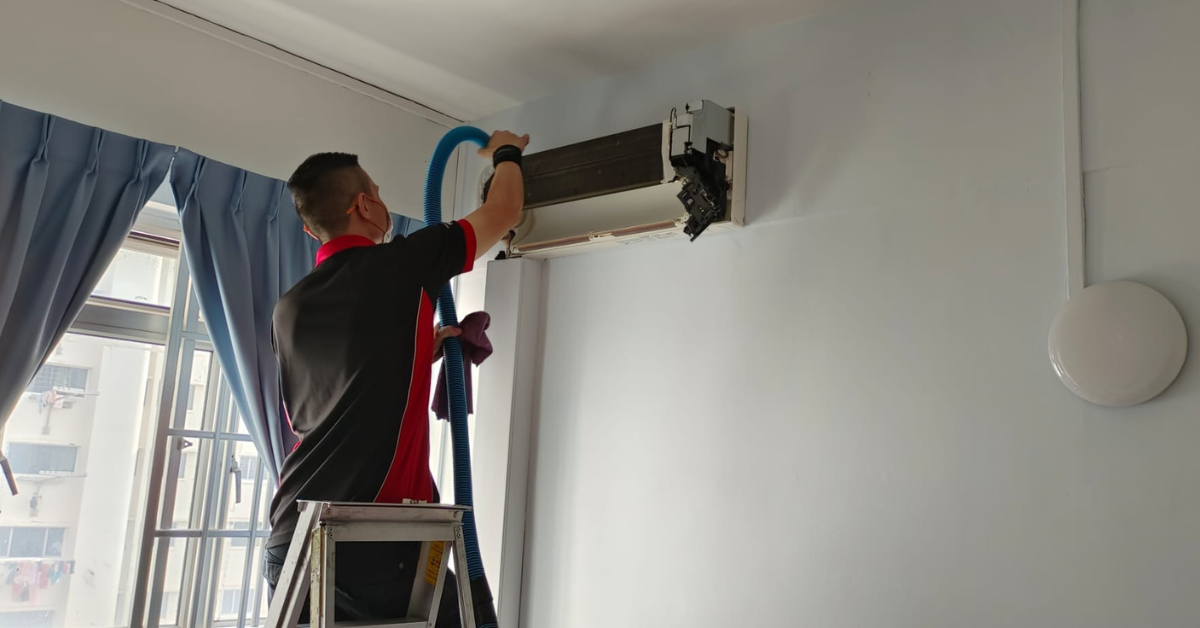Essential Guide to Air Conditioning Installation: Key Considerations, Steps, and Best Practices for Ensuring Optimal Performance and Efficiency in Your Home or Business
When it comes to staying cool during the warmer months, air conditioning (aircon) installation is crucial. Not only does it enhance comfort, but proper installation also ensures the efficiency and longevity of your system. This comprehensive guide will walk you through everything you need to know about Aircon Installation, from the initial planning stages to the final setup, to help you make informed decisions and achieve the best results.
Understanding Your Needs
Before diving into the installation process, it’s essential to assess your specific cooling needs. Factors such as the size of the space, the layout, and existing insulation all play a role in determining the most suitable aircon system. Consider whether a central air system, ductless mini-split, or window unit is the best fit for your environment.
Choosing the Right System
Selecting the right aircon system involves evaluating several factors:
- Capacity and Size: The capacity of the air conditioner should match the size of the space. A unit that is too small will struggle to cool the area, while one that is too large will cycle on and off too frequently, reducing efficiency.
- Energy Efficiency: Look for systems with high Seasonal Energy Efficiency Ratio (SEER) ratings. Higher SEER ratings indicate better energy efficiency, which translates to lower utility bills.
- Type of System: Depending on your needs, you might opt for a central air system for larger spaces, a ductless mini-split for targeted cooling, or a window unit for smaller areas.
Professional Installation
While DIY installation might seem appealing, professional installation ensures that the system is set up correctly and operates efficiently. A qualified technician will:
- Conduct a Load Calculation: This helps determine the correct size of the air conditioner needed for your space.
- Install the Unit Properly: Proper placement is crucial for optimal performance. The technician will ensure that the unit is installed at the right location and that all components are correctly connected.
- Check for Leaks: They will inspect the system for refrigerant leaks, which can reduce efficiency and lead to costly repairs.
- Test the System: After installation, the technician will test the system to ensure it operates correctly and efficiently.
Maintenance and Care
To keep your aircon system running smoothly, regular maintenance is essential. This includes:
- Changing Filters: Regularly replacing or cleaning filters improves air quality and system efficiency.
- Cleaning Coils: Dust and debris can accumulate on coils, reducing their effectiveness. Periodic cleaning is necessary.
- Checking Refrigerant Levels: Ensuring proper refrigerant levels helps maintain system efficiency and cooling performance.
- Scheduling Professional Inspections: An annual check-up by a professional can help identify and address potential issues before they become major problems.
Conclusion
Proper aircon installation is key to achieving a comfortable and energy-efficient environment. By carefully selecting the right system, ensuring professional installation, and committing to regular maintenance, you can enjoy reliable cooling performance for years to come. Whether you’re upgrading an existing system or installing a new one, following these guidelines will help you make the most of your investment and keep your space cool and comfortable throughout the year.






